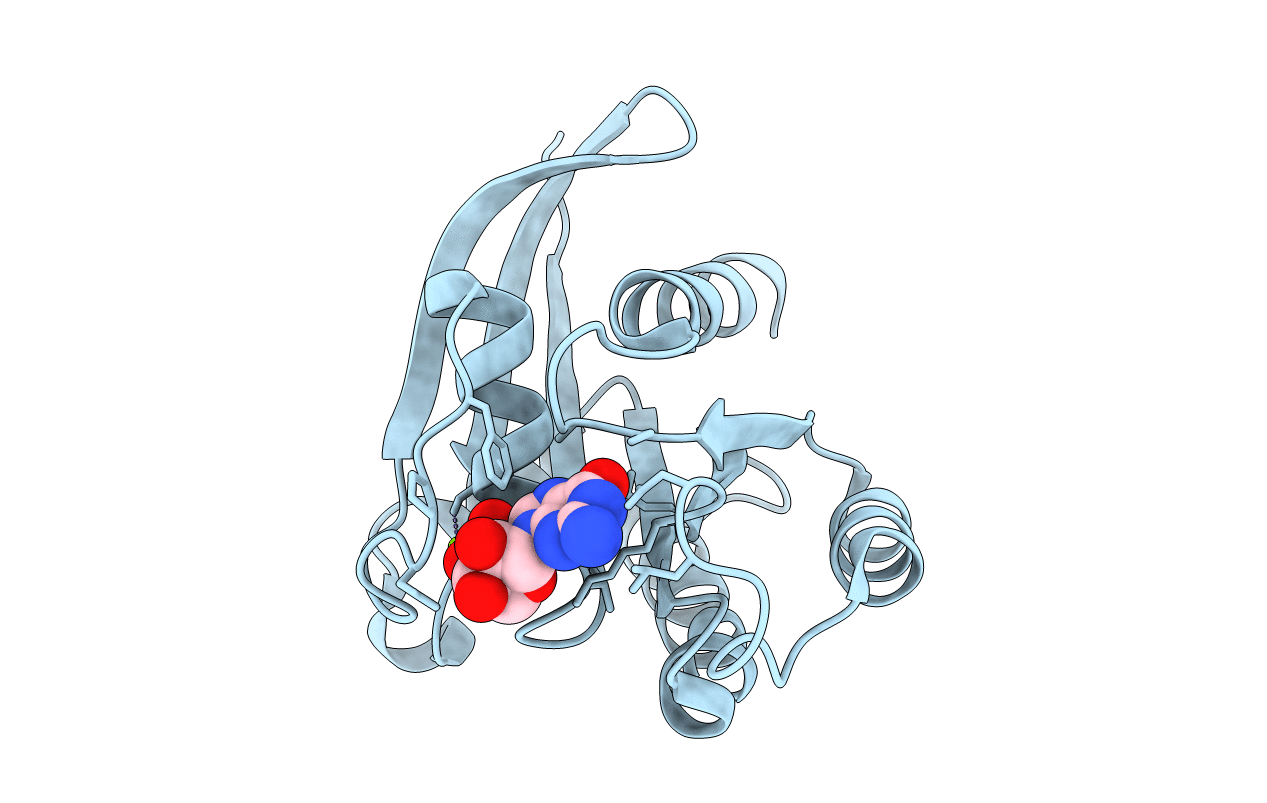
Deposition Date
2005-04-12
Release Date
2005-07-26
Last Version Date
2023-10-25
Method Details:
Experimental Method:
Resolution:
1.30 Å
R-Value Free:
0.20
R-Value Work:
0.18
R-Value Observed:
0.18
Space Group:
P 21 21 2


